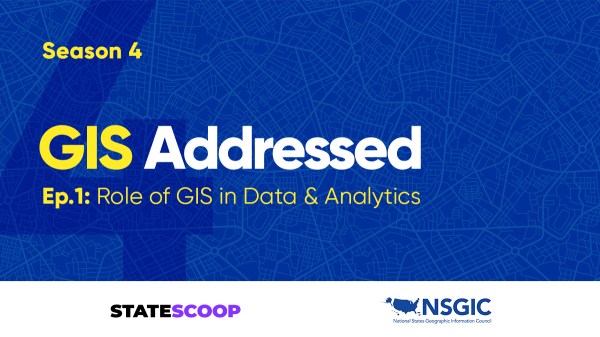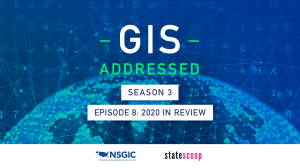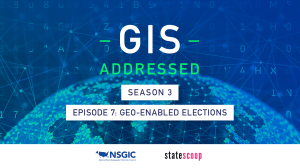
State GIS leaders look for collaboration with tribal governments
Government technologists across levels of government regularly call on the need to collaborate, but in New Mexico, that collaboration means more than between federal, state and local government, but cooperation with tribal nations.
Gar Clarke, the geospatial information officer for the state of New Mexico, also serves as the liaison between the state’s Department of Information Technology and tribal nations and communities. Clarke works with the Navajo Nation — a Native American territory that covers area in three states and has more than 350,000 residents — as well as several pueblos and tribes within the state’s boundaries on tribal GIS, technology and broadband.
“What is now forming, I think, in a very positive manner, is on the national scale,” Clarke says on the latest episode of GIS Addressed. “The intent here is just a lot more collaboration and discussion and the development of trust.”
Clarke also works as the National States Geographic Information Council’s liaison to the National Tribal Geographic Information Service Center — a group designed to share information, knowledge and education across tribal nations and communities.
“It’s interesting to note that when you listen to the discussions [at NTGISC events and conferences], we all have similar geospatial challenges and problem-solving skillsets that need to be honed in order for us to solve problems together,” Clarke says.
On the podcast:
- Gar Clarke, geospatial information officer, New Mexico
- Jake Williams, associate publisher and director of strategic initiatives, StateScoop
What to listen for:
- New Mexico requires each state agency to have a liaison with tribal governments within the state. Those employees are required to take a cultural competency course that is taught by tribal nation representatives.
- Clarke has a quarterly meeting with the leaders of the NTGISC to discuss potential GIS collaboration both through his role in New Mexico and through NSGIC.
- At one point, Clarke was a part of a statewide collaborative entity that included tribes to help contribute to the National Hydrography Dataset. Those efforts fell apart, but Clarke expects future collaboration to pick up again with federal partners and tribal representatives, as well.
- New Mexico is currently finalizing a memorandum of understanding with tribes for contributions to Next-Generation 911; however, those contributions will be vetted for potential privacy protections on the part of the tribal governments.
- Going forward, Clarke says he feels very positive in both New Mexico and with the National Geospatial Advisory Committee, that the collaboration discussion will continue to increase and more trust will develop between tribal governments and states.
GIS Addressed is a podcast from StateScoop and the National States Geographic Information Council about the role of geographic information systems in government.
In addition to listening to this podcast and other StateScoop podcasts on StateScoop.com, you can now subscribe on iTunes and have episodes delivered directly to your smartphone’s podcasts app when new episodes are released.


